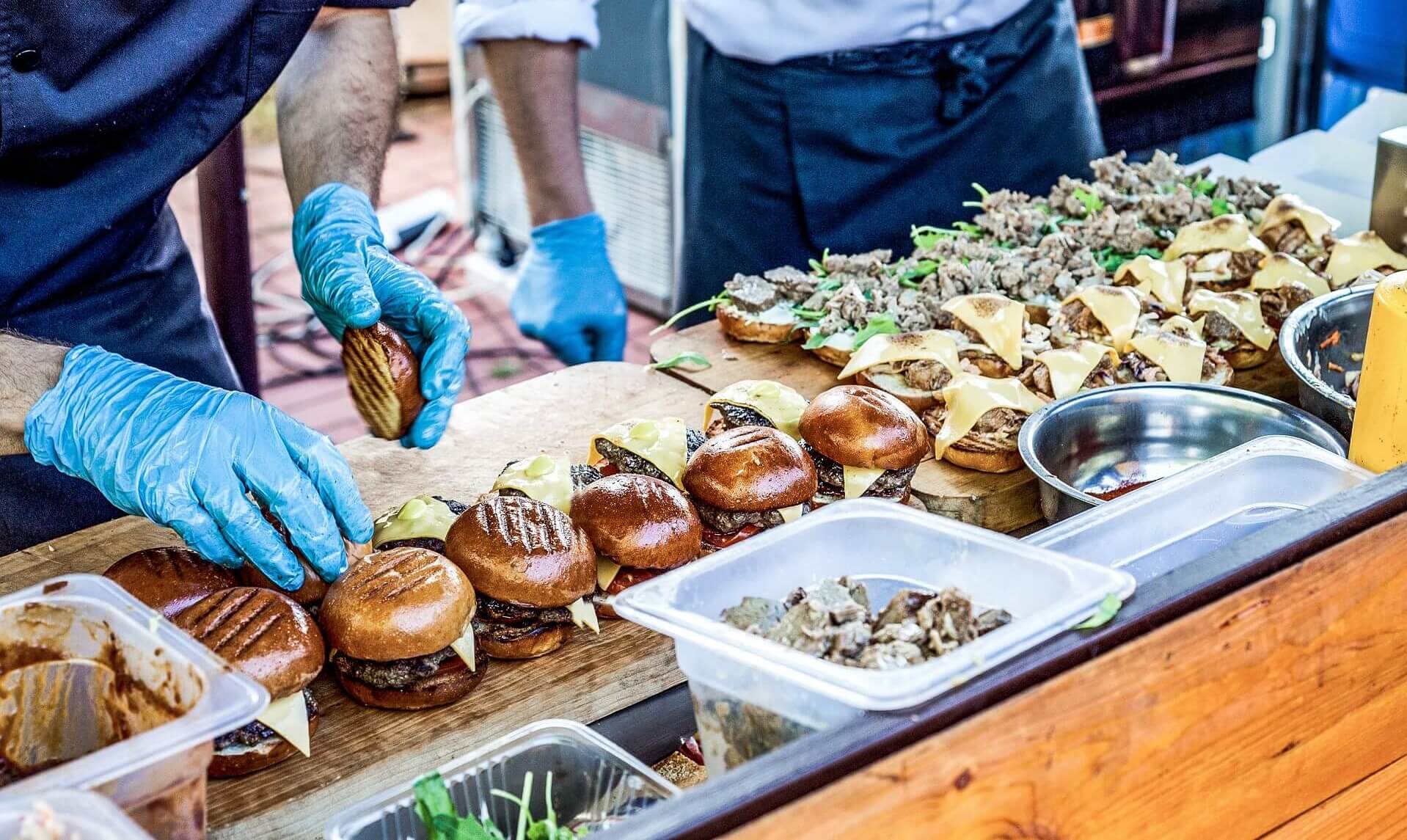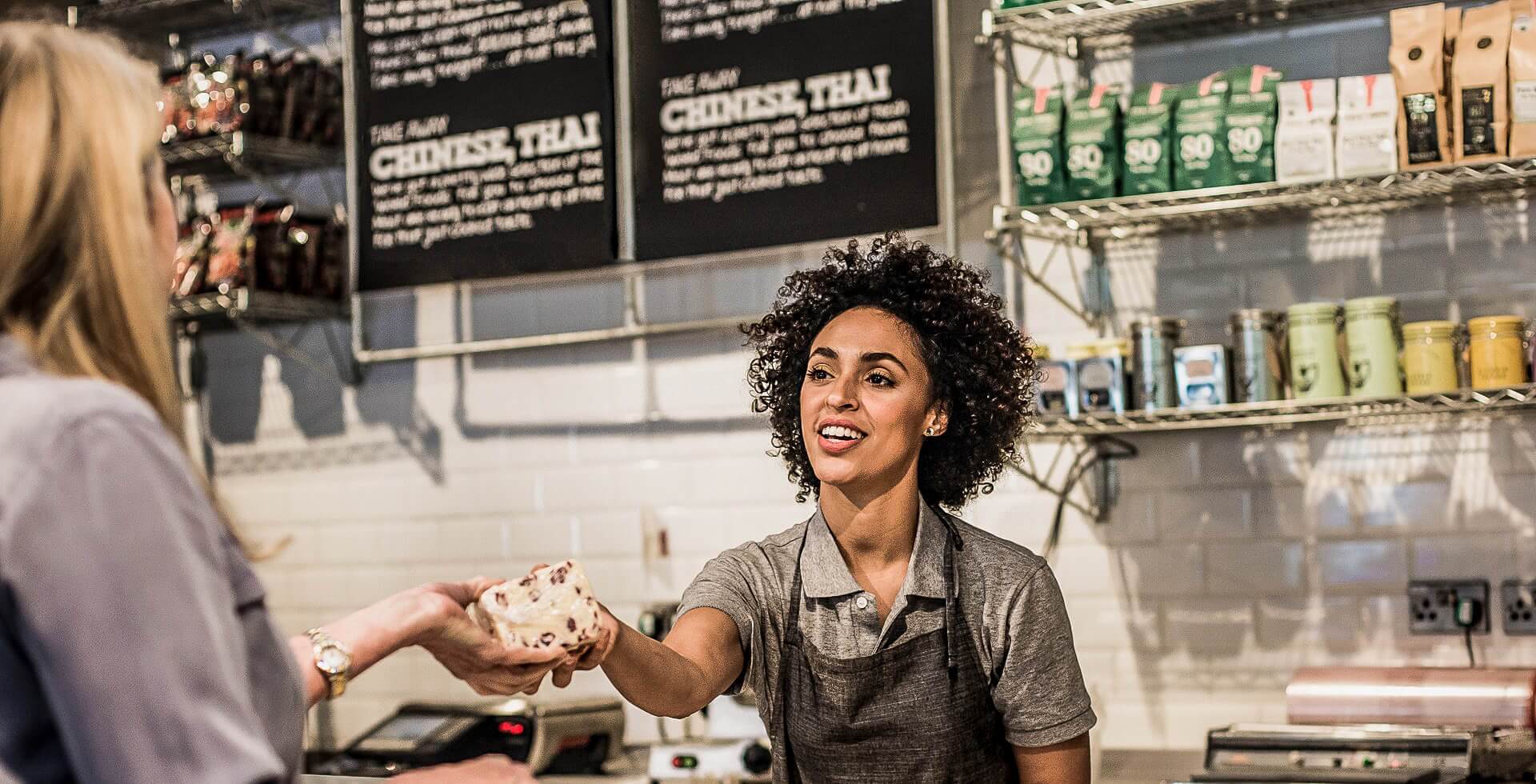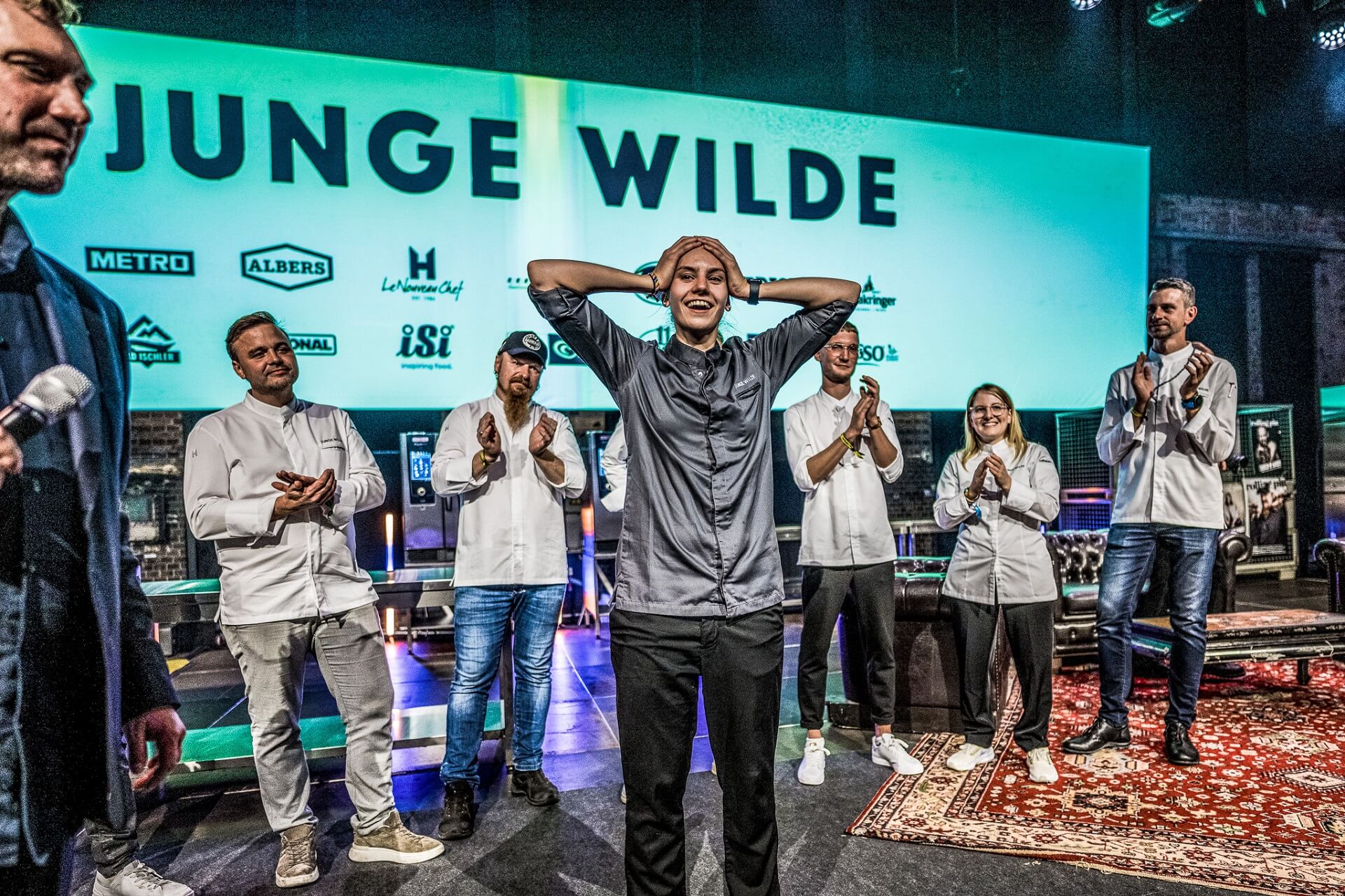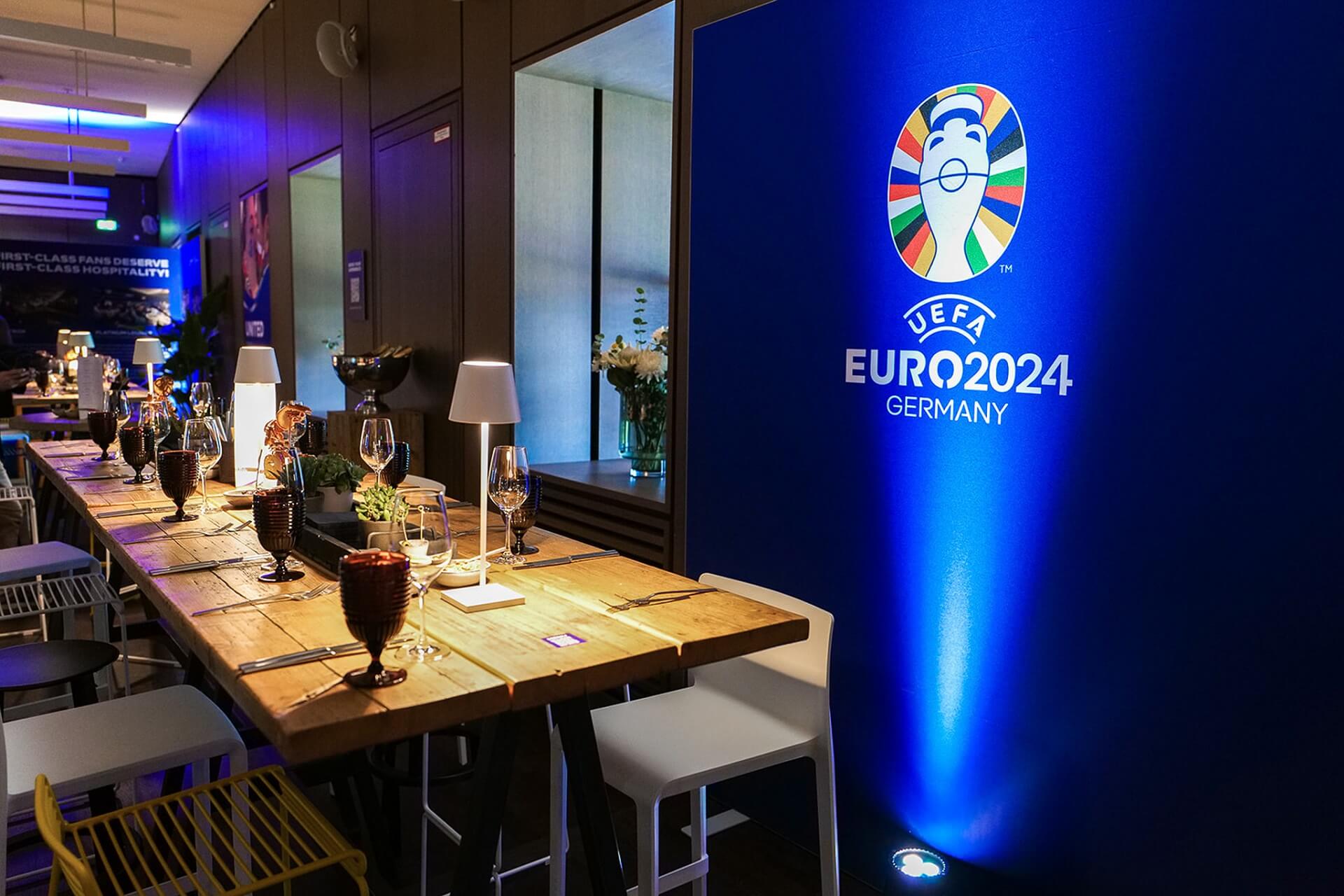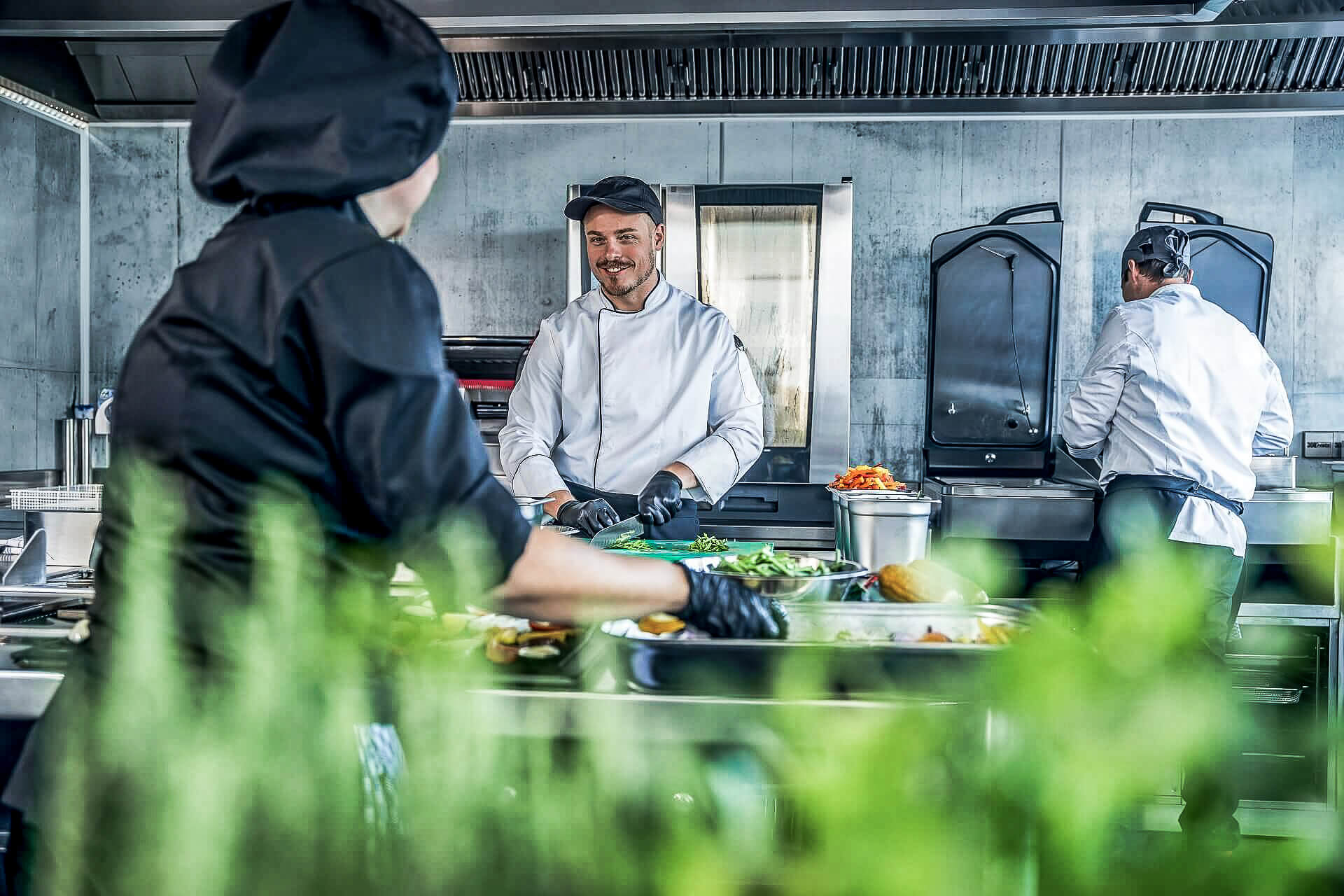As renowned expert Hanni Rützler noted in her 2020 Foodreport, “What we used to categorize as ‘snacking’ is often thought of as ‘the actual meal’ today. Defined mealtimes are giving way to spontaneous eating not associated with any specific time of day.” The report goes on to say that meals “no longer comprise the traditional trinity of appetizer, main dish, dessert.”
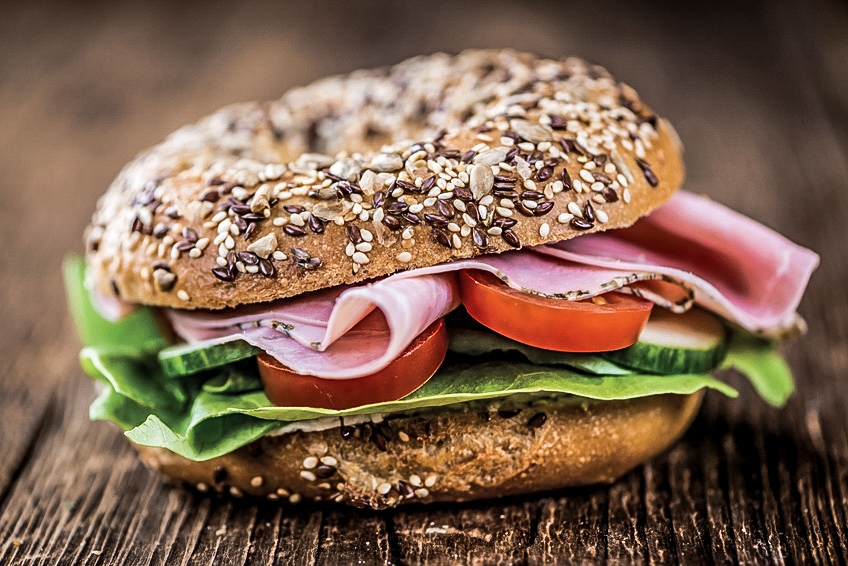
Image: AdobeStock | HandmadePictures
Snacks: here to stay
Now the trend is in full swing. Nine out of ten adults worldwide indicate that they’re snacking as much (42%) or more (46%) than they did before corona. Millennials and home-office employees, in particular, tend to prefer snacks over full meals, and most of them plan to continue doing so after the pandemic.
Which is great news for food-service pros who enjoy spoiling their customers with lovingly prepared nibbles. In October 2020, the food corporation Mondelez queried more than 6000 adults in the US, India, Canada, Australia, Germany, France, and Russia about their eating habits. Respondents ranged in age from Zoomers to over-75s. They published the results of their large-scale study under the headline “The State of Snacking in 2020.” A similar study run in September 2019 served as a comparator.
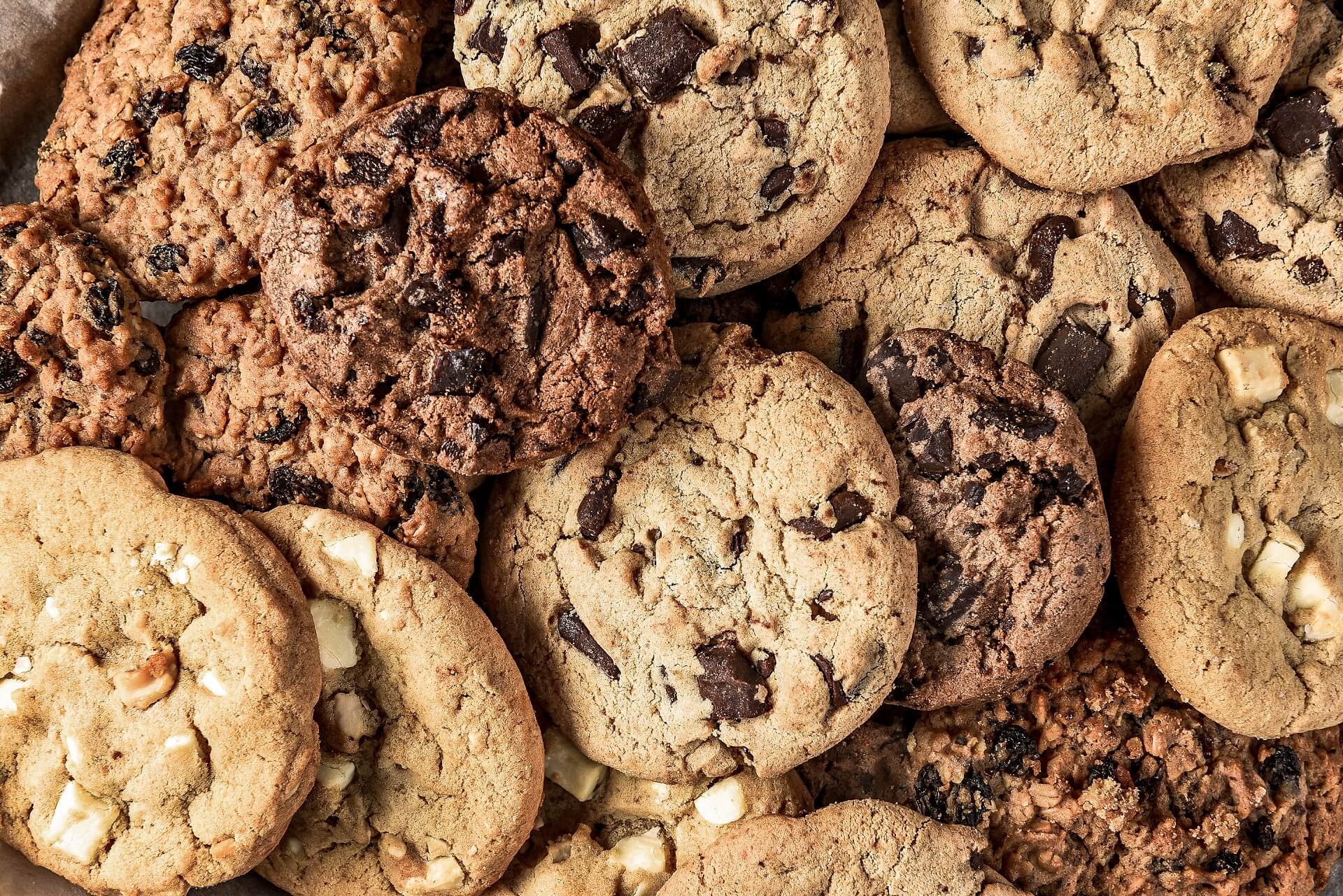
Image: AdobeStock | Steve Cukrov
Mood booster: Snacking because it feels good
One interesting result: in times of coronavirus, most people snack because they want their Quantum of Solace. Nearly half of the respondents reported having purchased snacks they remembered from childhood (53%) or snacks they associated with happy memories (59%) during the pandemic. Two in three respondents said that snacking was a highlight of the day, or even one of their only happy moments. Compared to pre-corona times, more people are choosing snacks based on how much comfort, fun, enjoyment, or relaxation they provide.
Age is a determining factor in that regard: More centennials snacked to fight boredom in 2020 than in 2019 (49% vs 40%); more millennials turned to snacks for comfort (57%/49%); more Gen Xers used snacks as mood boosters (44%/36%), and more Boomers used snacks to reward themselves (36%/28%).
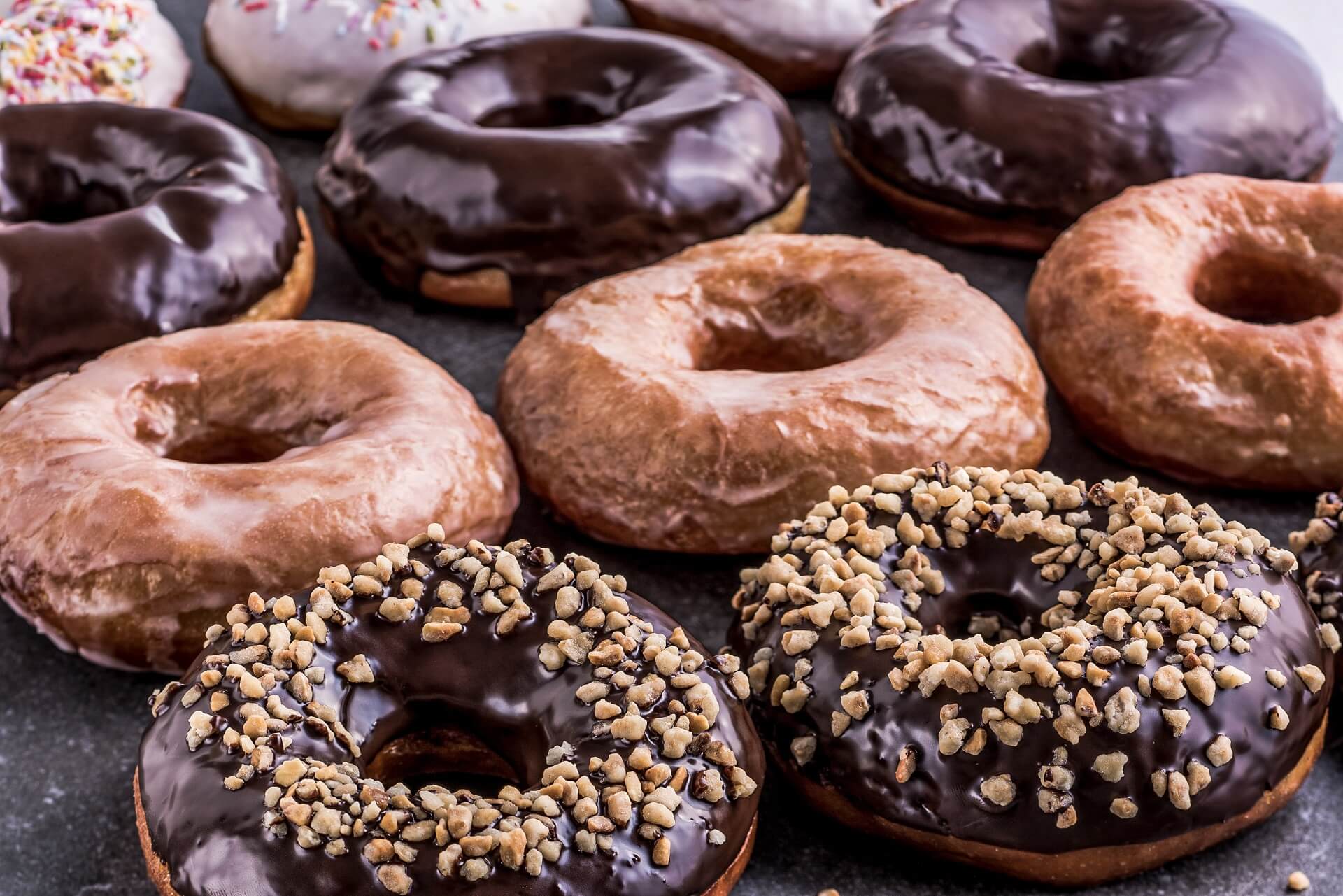
Image: Rational
You’ll never snack alone
Other studies have also underscored the importance of snacks as comfort food in times of crisis. As the experts at Mondelez discovered, many people even use snacks as a weapon against loneliness. During the pandemic, that meant everything from preparing snacks together to giving snacks as gifts to buying snacks for people who couldn’t or didn’t want to go shopping themselves. Snacks are the ties that bind. But wait, there’s more!
You might automatically associate snacks with all things quick, sweet, greasy, and/or bad for you, but today’s consumers are thinking differently: more than half of respondents indicated that they were snacking more conscientiously. They want snacks that are good for both body and soul. Moreover, respondents said that snacking more at home had made them more aware of portion size. And nearly half said they preferred snacks that boosted the immune system.
Mindful delights: a good snack is a healthy snack
According to a recent Forbes Magazine review of several studies focused on the US market, there’s a definite trend toward healthier snacking. Fresh fruit is becoming especially popular, as market data shows. Hanni Rützler’s 2022 Foodreport also underscores consumers’ increasing focus on sustainability and health.
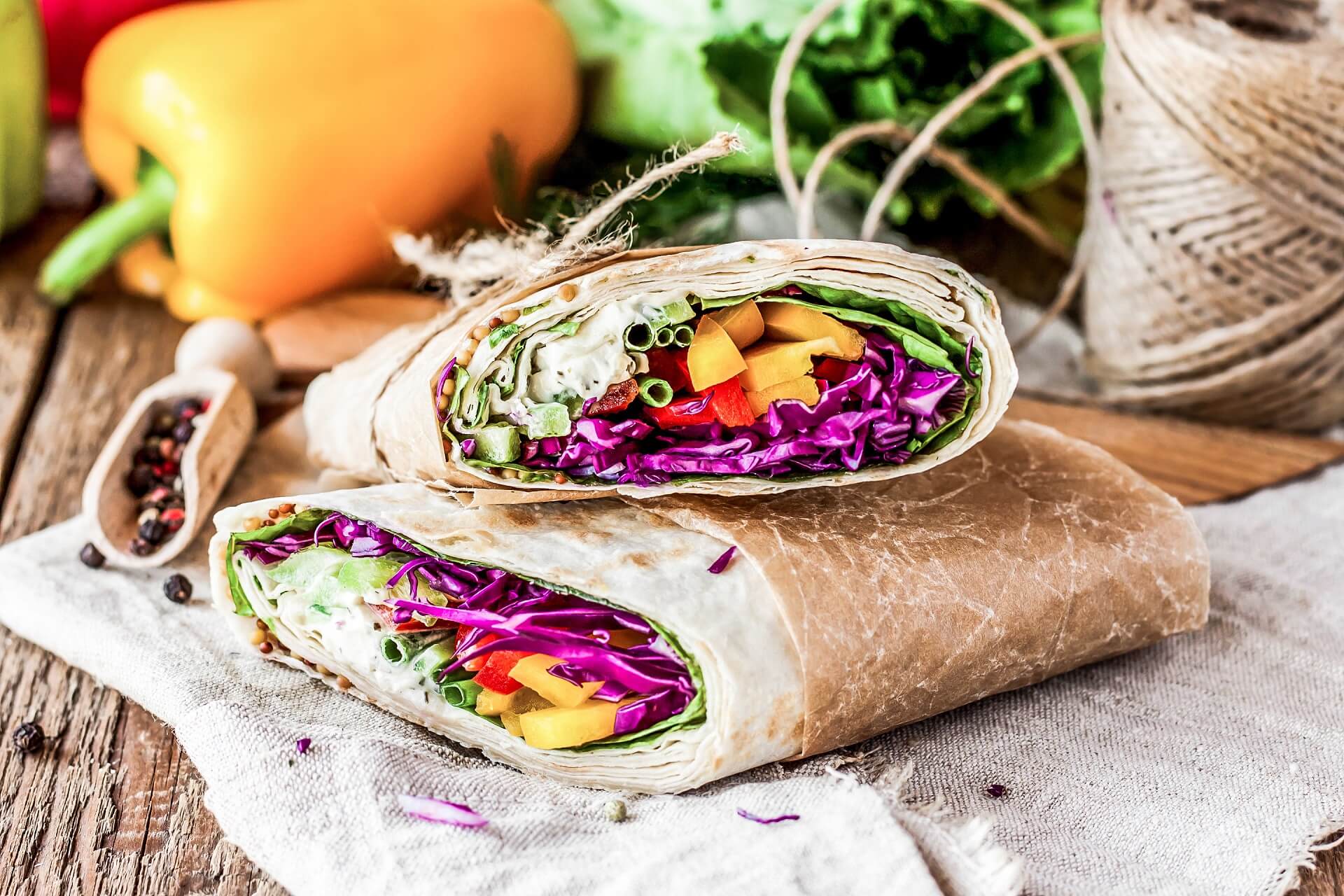
Image: AdobeStock | yuliiaholovchenko
The industry delivers: sustainable convenience for sophisticated snackers
This is very much in keeping with the rapidly growing selection of vegetarian and vegan snack options on the market. One good example is the “Green Heroes” range by Salomon FoodWorld. These German food trend experts created a purely vegan (wheat gluten-based) version of each of their three most popular products: homestyle burgers, chicken burgers, and schnitzel. All three are prepared exactly the same way as their meaty counterparts, and their meat flavor is surprisingly authentic.
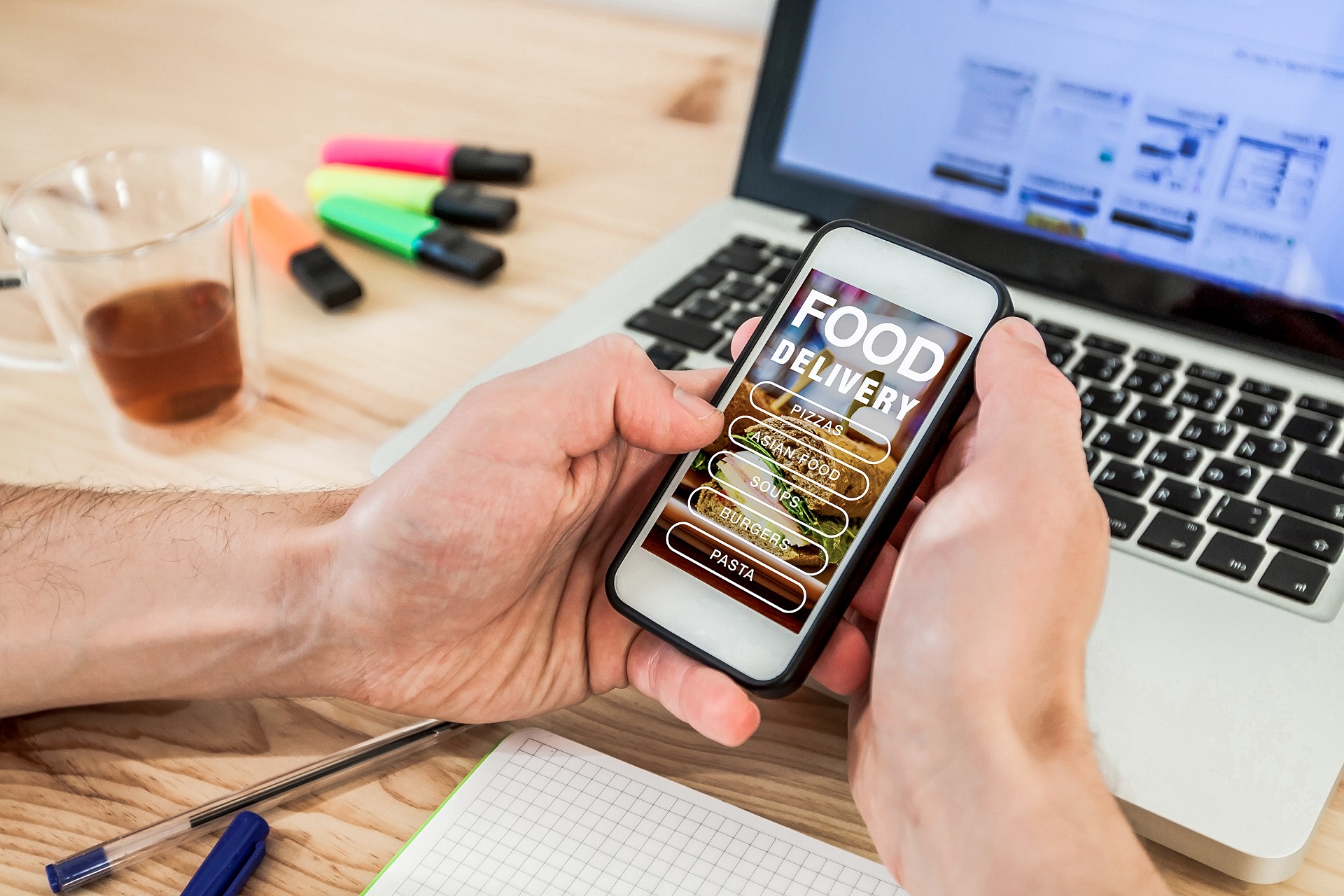
Image: AdobeStock | Song_about_summer
The future is digital: ordering snacks online is all the rage
Options like these make it easier than ever for businesses to offer food that’s comforting, healthy, and sustainable all at the same time—which is good, because today’s customers expect nothing less. But there’s one other factor to consider: now more than ever, according to the Mondelez “State of Snacking” study, customers are going online for their snacking needs… and they intend to continue doing so after the pandemic. Companies can get on top of this trend by designing effective, eye-catching online shops, with streamlined user guidance, intelligent suggestions to encourage additional purchases, and perhaps even flexible pricing to optimize purchasing while avoiding waste. Speaking of waste: today’s customers want more sustainable transportation packaging than disposable plastic. German law is beginning to push the industry in that direction as well. It’s a change worth embracing!


